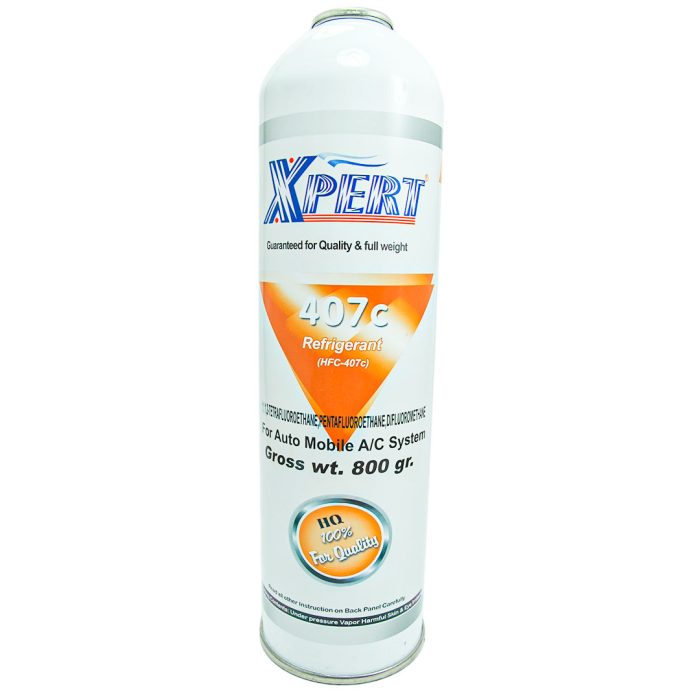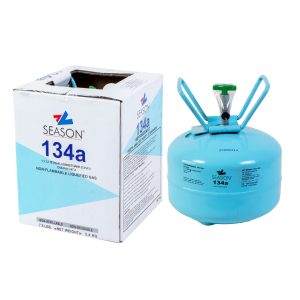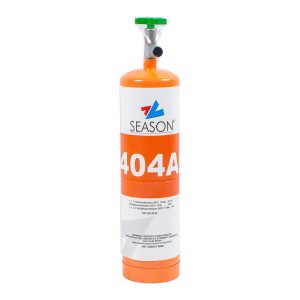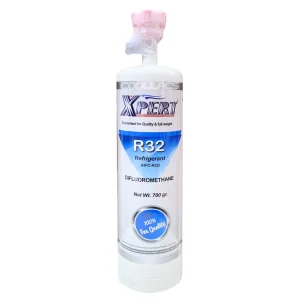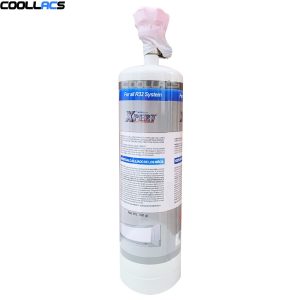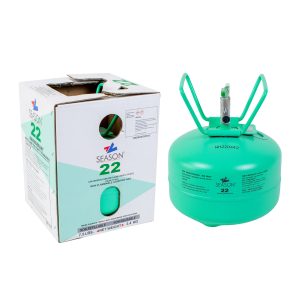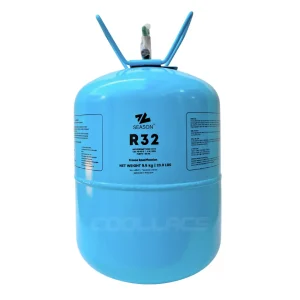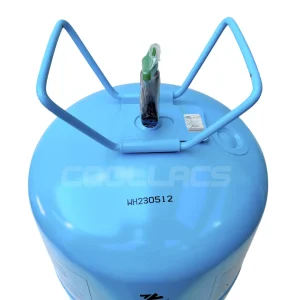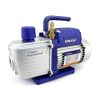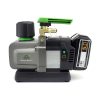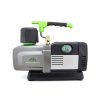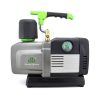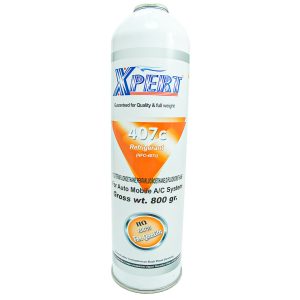Specifications of R407 Xpert Refrigerant Gas 800g G.W
R407 or R407C gas blends hydrofluorocarbons to serve as a refrigerant. This zeotropic mixture contains difluoromethane (R32), pentafluoroethane (R125), and tetrafluoroethane (R134). Difluoromethane provides heat capacity, pentafluoroethane reduces flammability, and tetrafluoroethane lowers pressure.
XPERT designed the 800g R407C gas to closely match the pressure and performance of R22 gas. As a result, it acts as a reliable replacement for R22. Its thermal and physical properties align with those of R22, requiring minimal changes when switching cooling systems from R22 to R407C.
To connect the cylinder to a manifold, users must use a compatible adapter.
What Is a Refrigerant Gas?
Refrigerants, which can exist as gases or liquids, lower temperatures in specific environments such as refrigerators, freezers, or homes. These substances, also known as cooling agents, play a crucial role in cooling cycles. They absorb heat from the surrounding environment and then release it elsewhere.
Refrigerants utilize a thermodynamic principle called “phase transition,” which allows them to shift between liquid and gas states. For example, they absorb heat to turn from a liquid into a gas, while releasing heat transforms them back into a liquid. Consequently, this unique feature makes refrigerants essential for air conditioners, refrigerators, and other cooling devices.
Types of Refrigerant Gases
The chemical structure of refrigerants forms the basis for their categorization. Generally, there are four main groups:
- CFCs – Chlorofluorocarbons
- HCFCs – Hydrochlorofluorocarbons
- HFCs – Hydrofluorocarbons
- Natural Gases
Natural refrigerants, such as hydrocarbons and carbon dioxide, come from natural sources. However, synthetic refrigerants, including chlorofluorocarbons, hydrochlorofluorocarbons, and hydrofluorocarbons, dominate many cooling systems.

